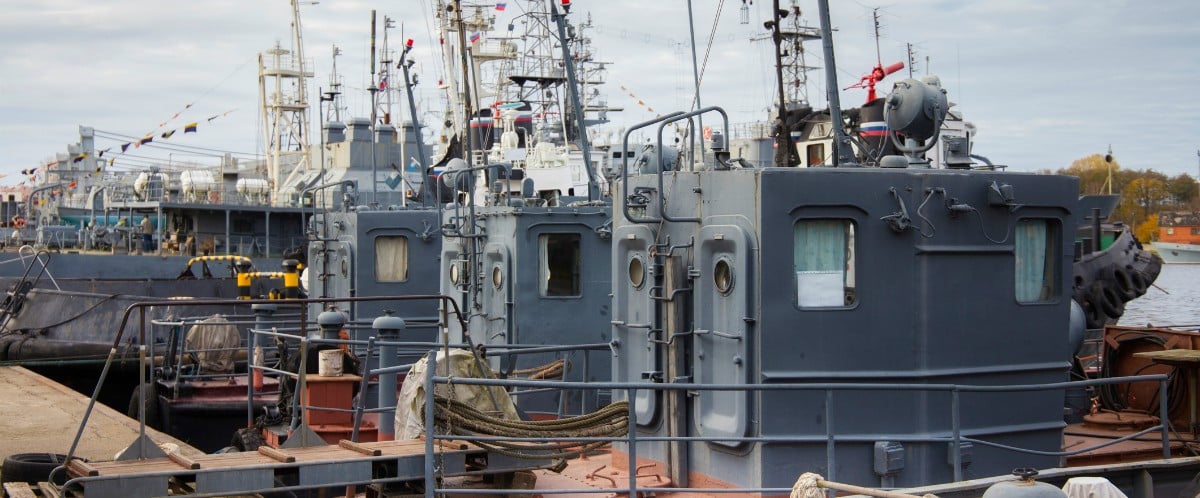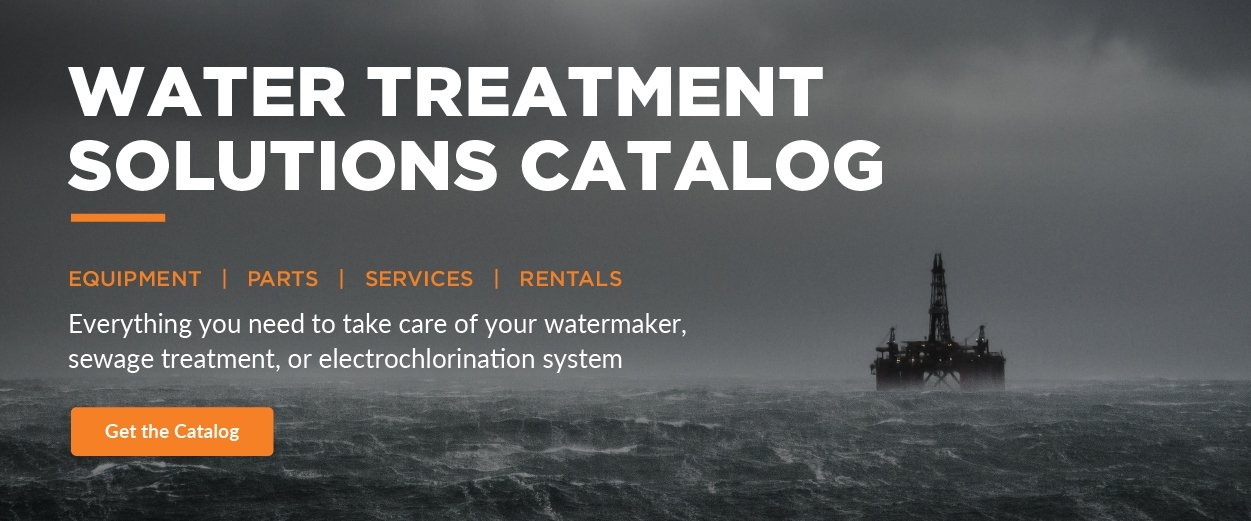
Chlorine tablets are all the same, right? Nope … and the difference is more important than you might think. It’s true that they are all commodity chemicals, but several different forms of chlorine tablets are commonly available; the difference can cause serious safety, operations, legal and environmental problems for you and the crew.Safety Reasons: Swimming pool chlorine tablets are typically composed of trichloroisocyanuric acid; on the package, you’ll see this marked as Trichlor or trichloro-s. While this form of chlorine is great for swimming pools, it is made to be completely submerged in water. When used in a tablet feeder, like those employed by most wastewater systems, the tablets are only partially submerged. Under these conditions, the tablet will release toxic gasses that not only are dangerous but will corrode everything they contact. If your marine sanitation device is corroding severely, this may be the cause. Furthermore, when mixed, Trichlor and other forms of hypochlorite can react violently with each other, leading to explosion.
Operational Reasons:
All chlorine tablets include fillers. In low-quality chlorine tablets, cheap filler material and poor manufacturing can cause the tablets to swell. In pool chlorinators, high velocity can break up and dissolve this mass, but in tablet feeders the swollen tablets can easily clog the feeder tube, preventing the tablets from falling to the bottom of the housing to be dissolved.
Legal Reasons:
Under a federal act called FIFRA (Federal Insecticide, Fungicide and Rodenticide Act), registered pesticides such as chlorine tablets can be used only in ways that align with their labeling. With respect to sewage treatment systems, the EPA has certified only calcium hypochlorite for this use.
Environmental Reasons:
To understand why the government doesn’t want anything other than calcium hypochlorite used for sewage treatment, it is important to know why Trichlor was designed. In pools, sunlight rapidly breaks down chlorine. To reduce this problem, pool tablets include stabilizers that slow this process. Calcium hypochlorite for use with sewage treatment doesn’t contain these stabilizers; thus, when the calcium hypochlorite is released into the body of water, the sun rapidly breaks it down, minimizing the impact to vegetation and the natural environment.
If you’ve been buying tablets from Walmart or the pool supply store, you very likely are using a stabilized form of chlorine like Trichlor. Make sure that you use only calcium hypochlorite tablets and that you never mix tablets from different manufacturers or different types of chlorine, as this may result in unsafe conditions.
H2O offers the Crapzapper line of calcium hypochlorite tablets. These high-quality tablets are approved for use in septic systems. They erode consistently for even dosing and are designed to not soften and clog the system. Our convenient packaging eliminates the need for hazmat shipping and delivers the right amount of chemical when you need it, so there’s no need to store large volumes on site. For more information or to order Crapzapper tablets, visit our website or call us at 337-857-7203.

